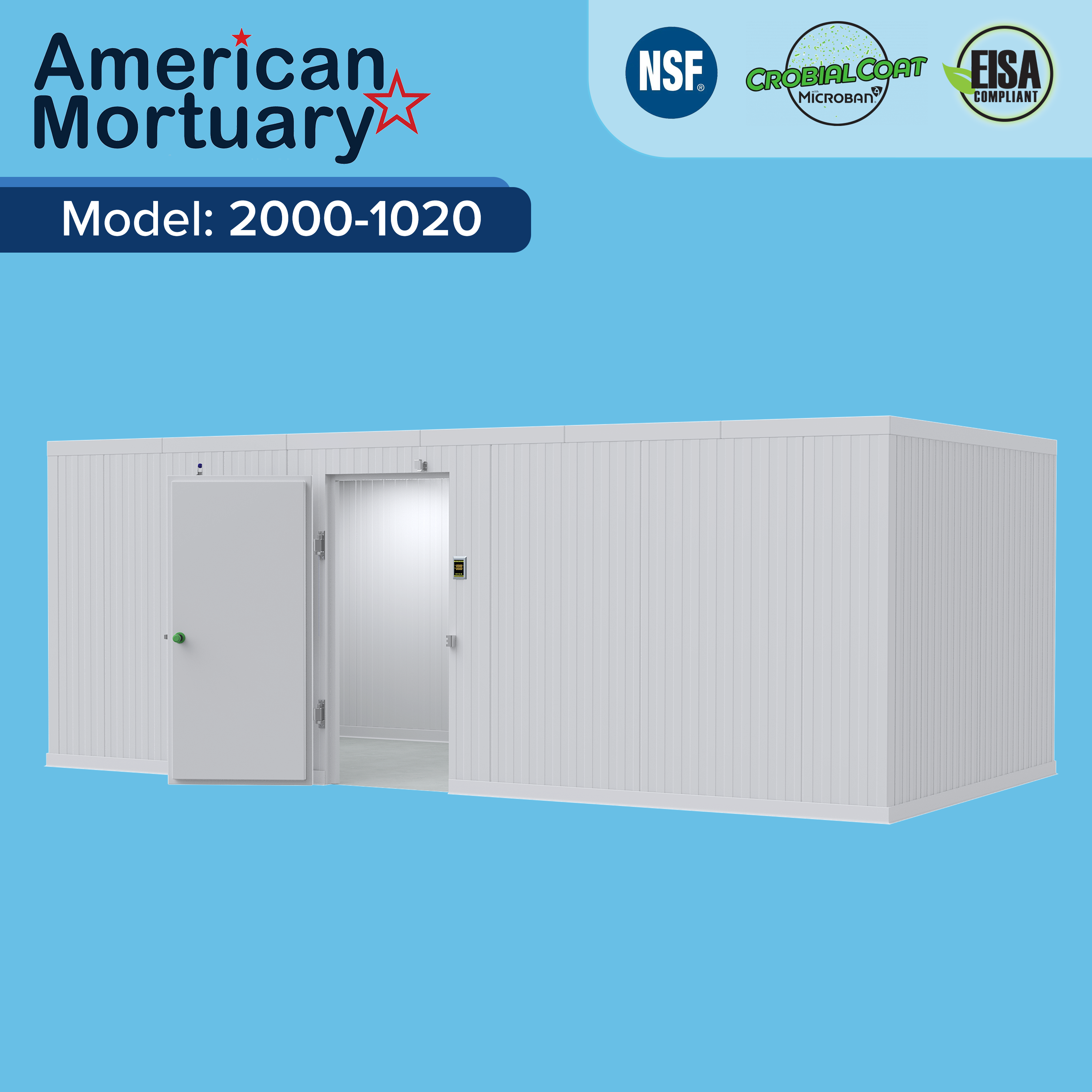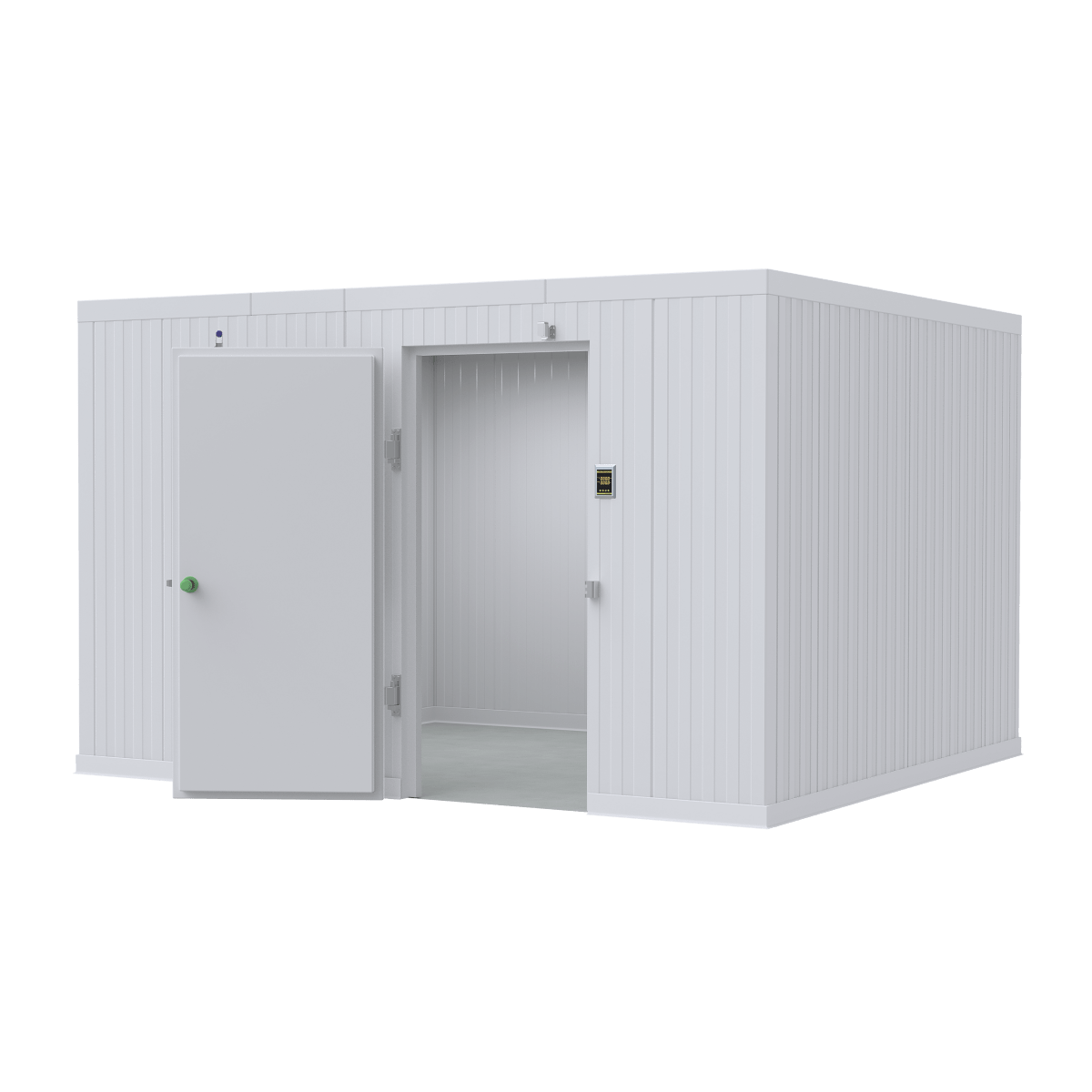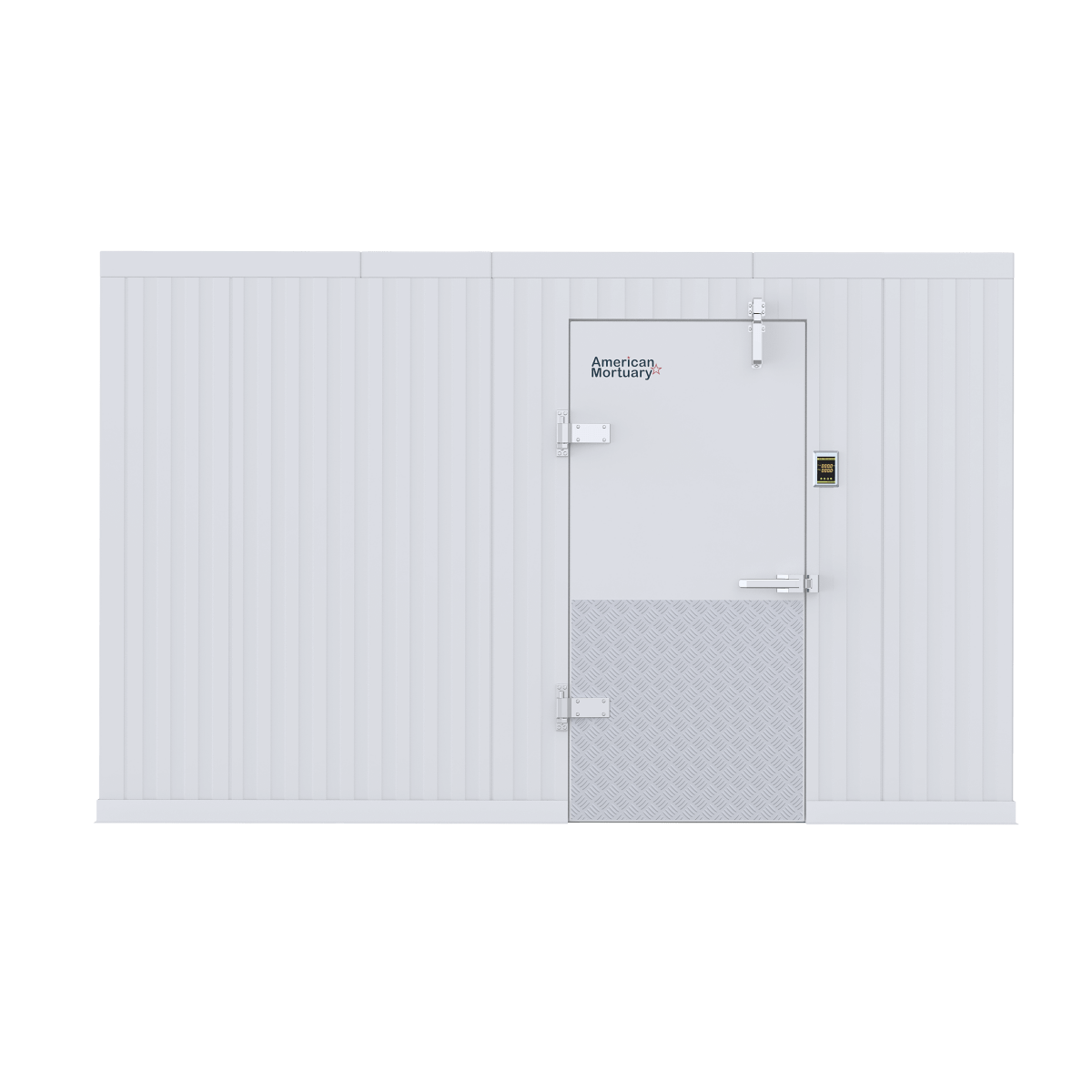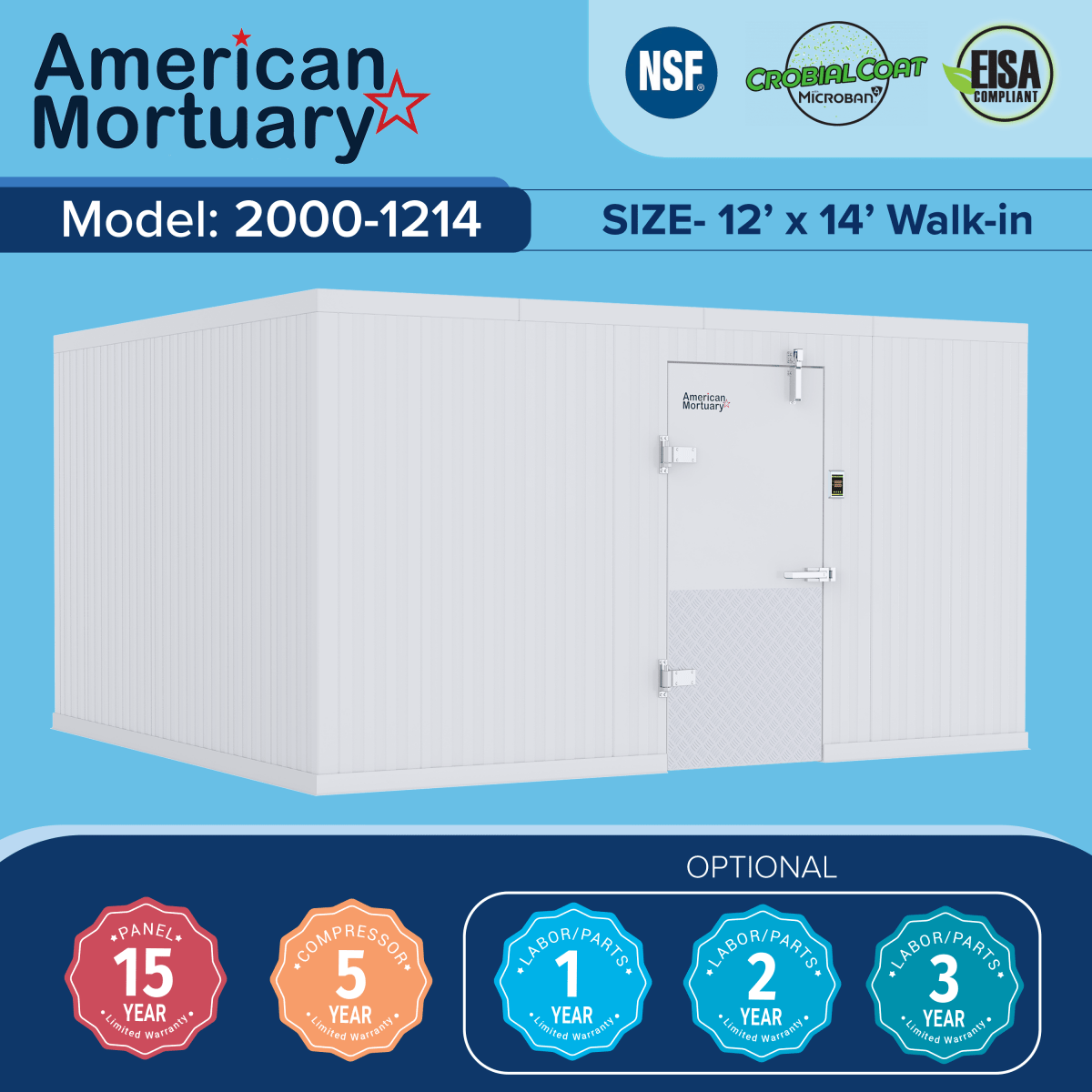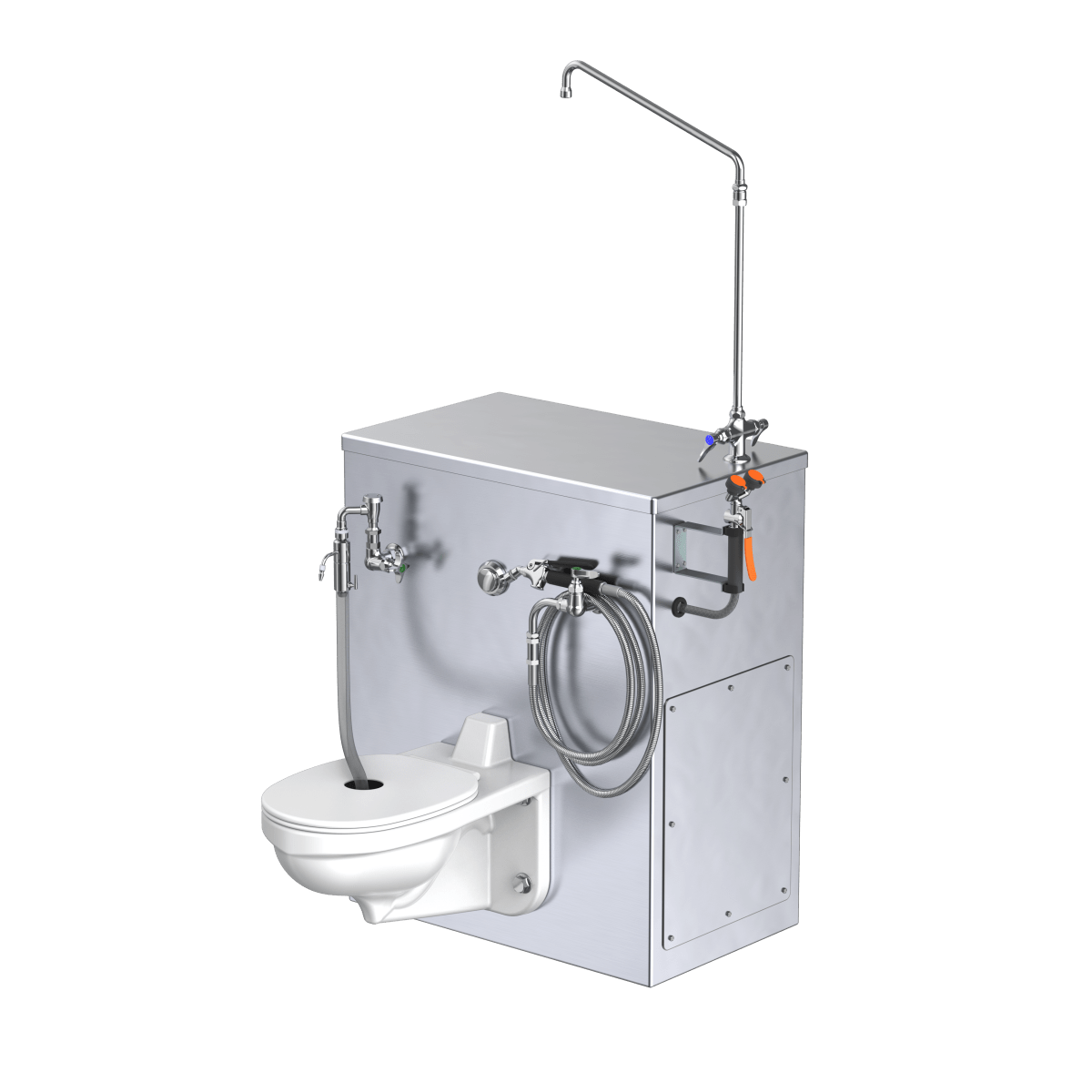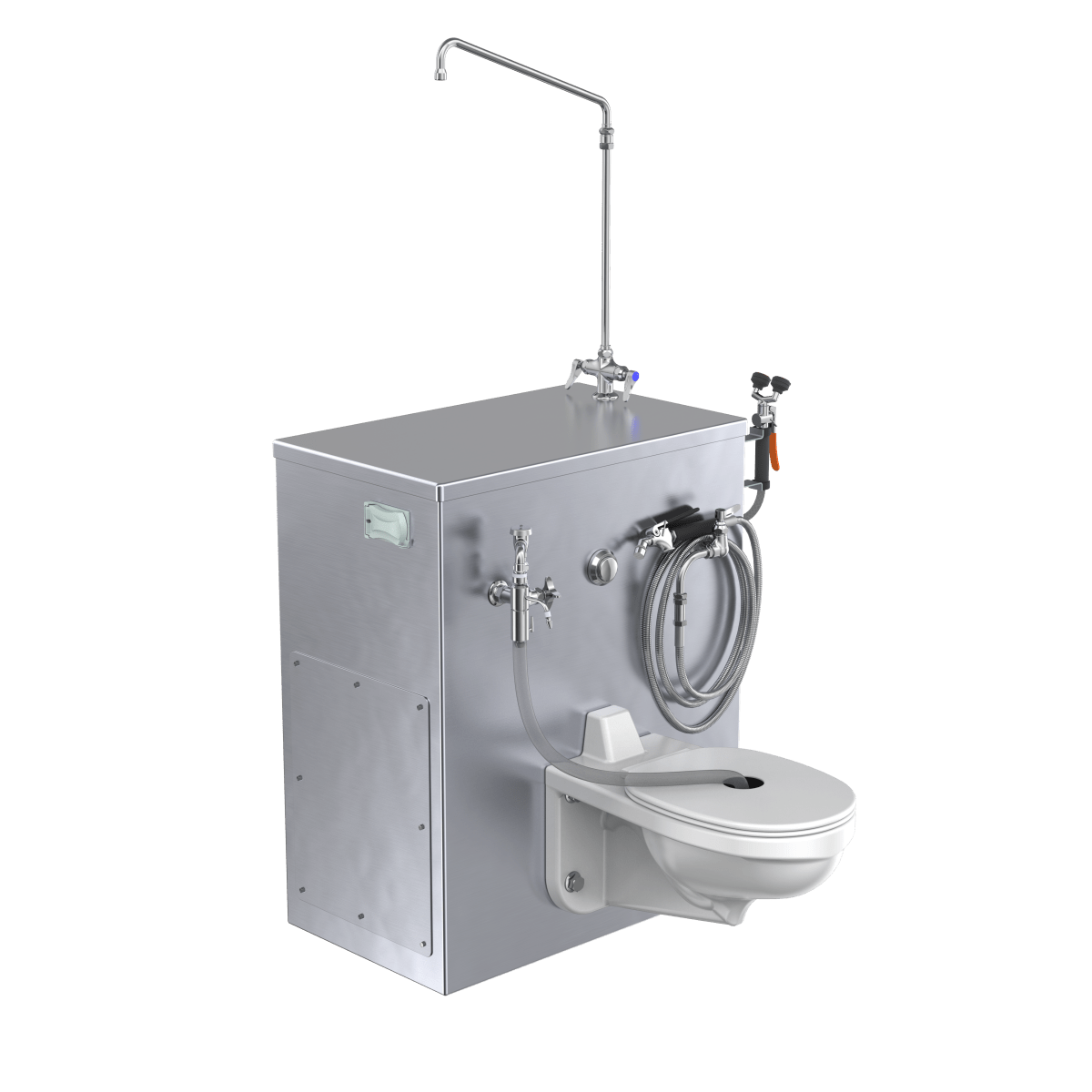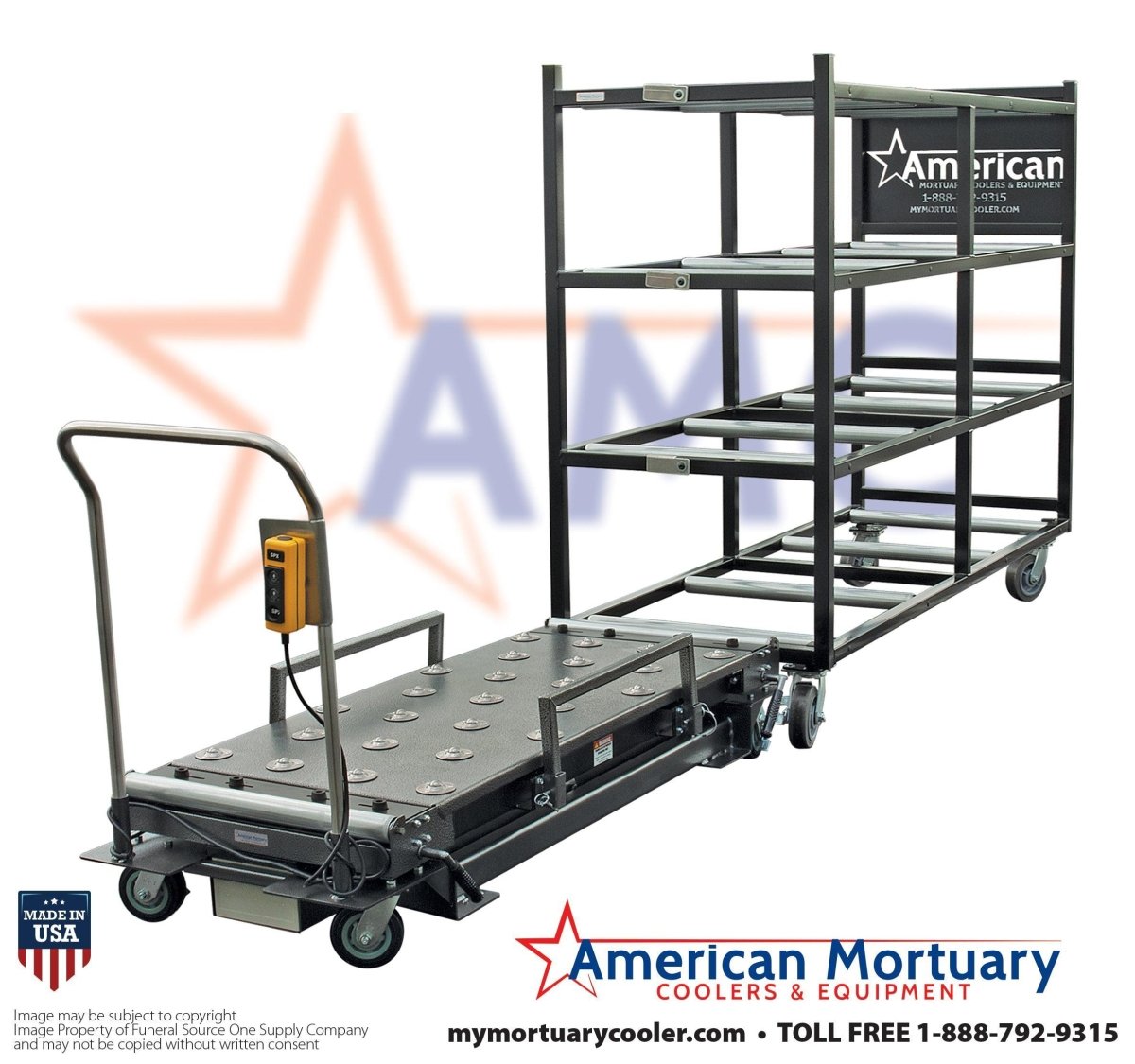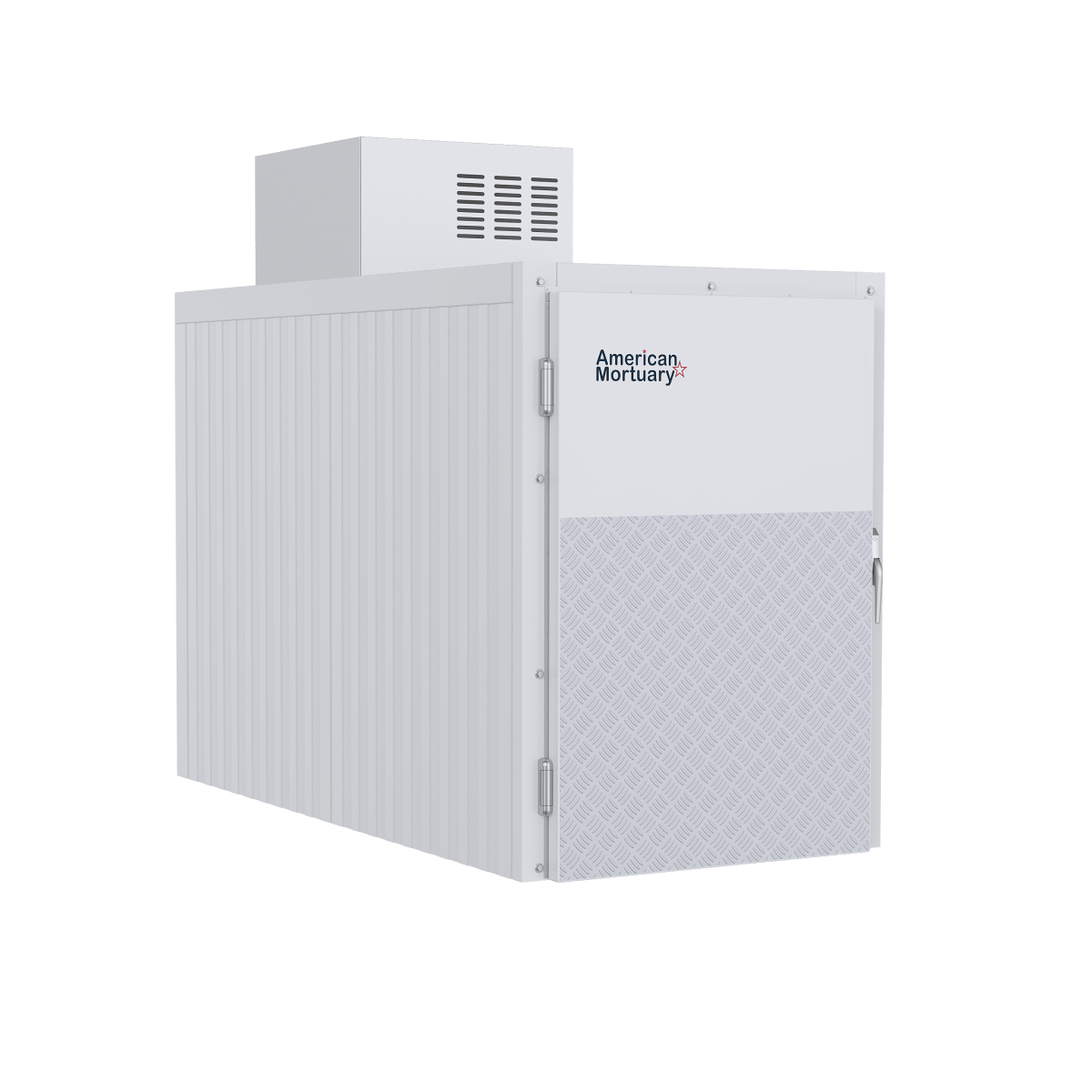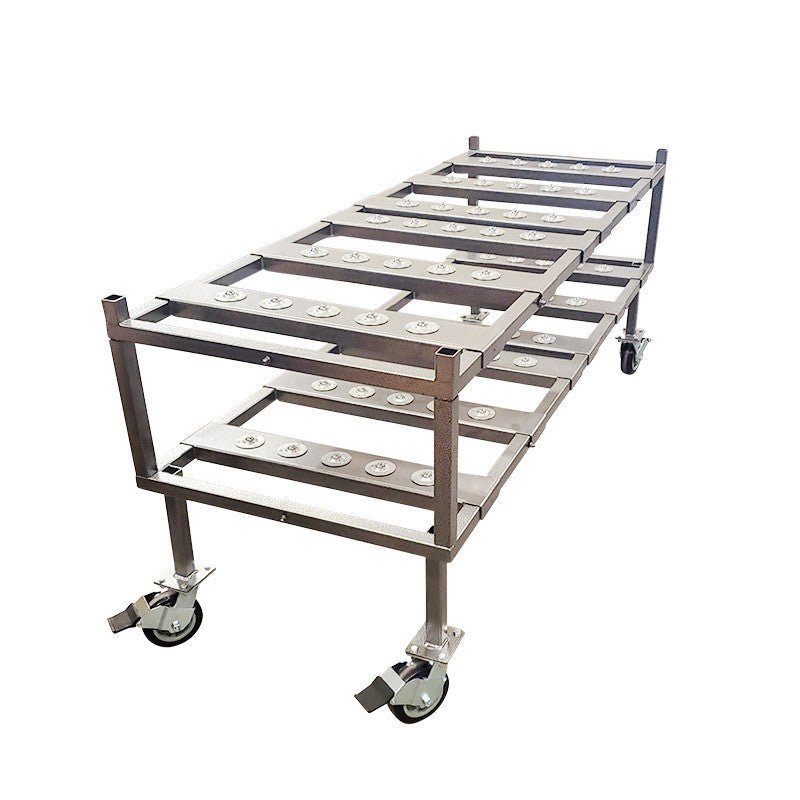404A PT Chart: Complete Guide for Technicians and Facility Managers
What Is a 404A PT Chart?
A 404A Pressure–Temperature (PT) Chart is a vital reference tool used in refrigeration and mortuary cooling systems. It provides a direct relationship between the saturation temperature of refrigerant R-404A and the corresponding pressure. Technicians rely on it to charge systems accurately, troubleshoot performance issues, and ensure safe, efficient cooling.
Unlike generic refrigerants, R-404A has a glide effect and is widely used in walk-in coolers, upright mortuary coolers, and industrial freezers. Knowing how to read and apply a PT chart is crucial for maintaining precise temperature control in environments where reliability is non-negotiable.
Why 404A Remains Standard in Mortuary Coolers
Although alternatives like R-448A and R-449A are emerging, R-404A remains a workhorse refrigerant in the funeral industry. Here’s why:
- Proven Reliability – It maintains consistent cooling, critical for mortuary applications.
- Widespread Use – Most existing coolers are built with 404A systems, making parts and service readily available.
- Precise Temperature Holding – PT charts allow technicians to dial in exact cooling set points for safe body storage.
How to Read a 404A PT Chart
A standard PT chart lists two key values:
- Temperature (°F/°C) – the desired saturation temperature.
- Pressure (PSIG) – the pressure your gauges should read for that temperature.
Example:
- At 20°F, R-404A has a pressure of about 45.9 PSIG.
- At 0°F, pressure drops to 26.1 PSIG.
By comparing your gauge pressure reading with the PT chart, you can confirm if your system is properly charged or identify leaks, overcharging, or inefficiency.l
Applications of the 404A PT Chart in Mortuary Cooling
At American Mortuary Coolers, our walk-ins, roll-ins, and upright coolers rely on accurate refrigerant balance for smooth operation. Using a 404A PT chart helps with:
- System Charging – Avoiding overcharging or undercharging refrigerant.
- Troubleshooting – Diagnosing issues like frost buildup, warm cabinets, or compressor cycling.
- Performance Optimization – Ensuring consistent holding temperatures between 34°F–40°F, the standard for body storage.



